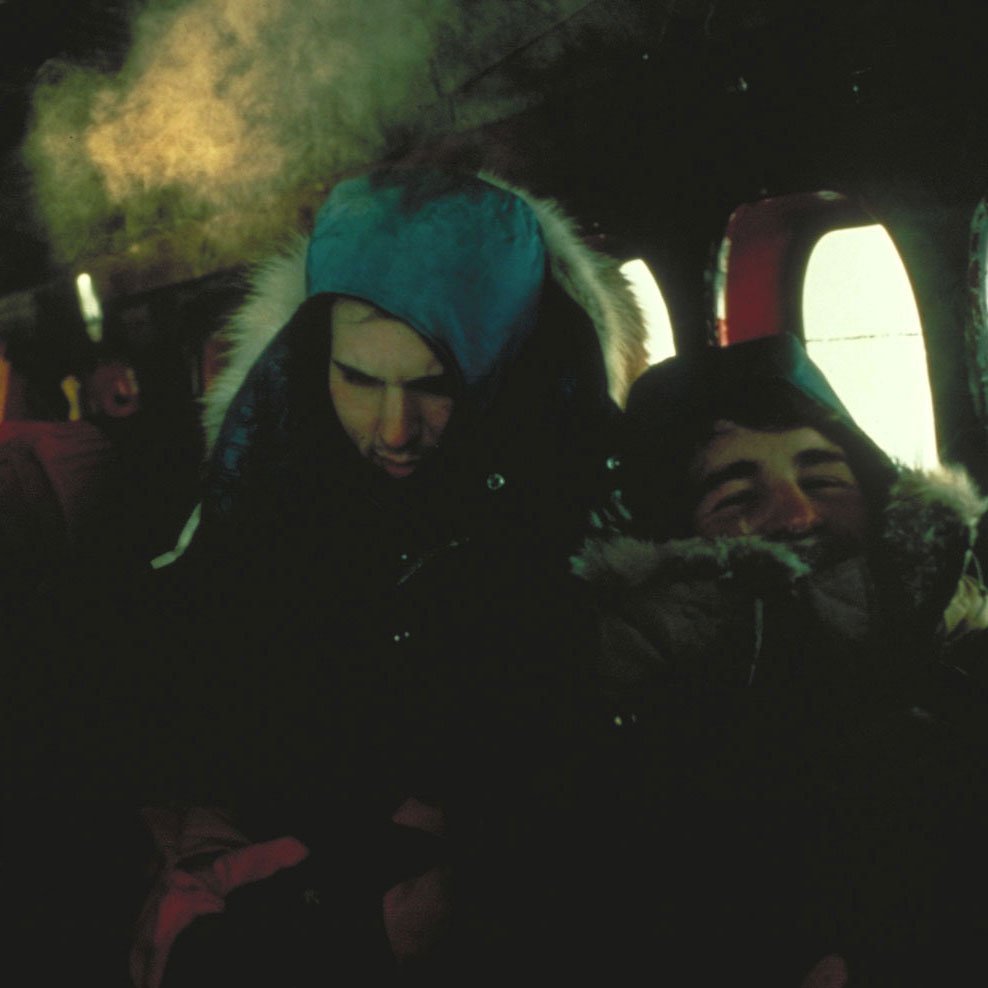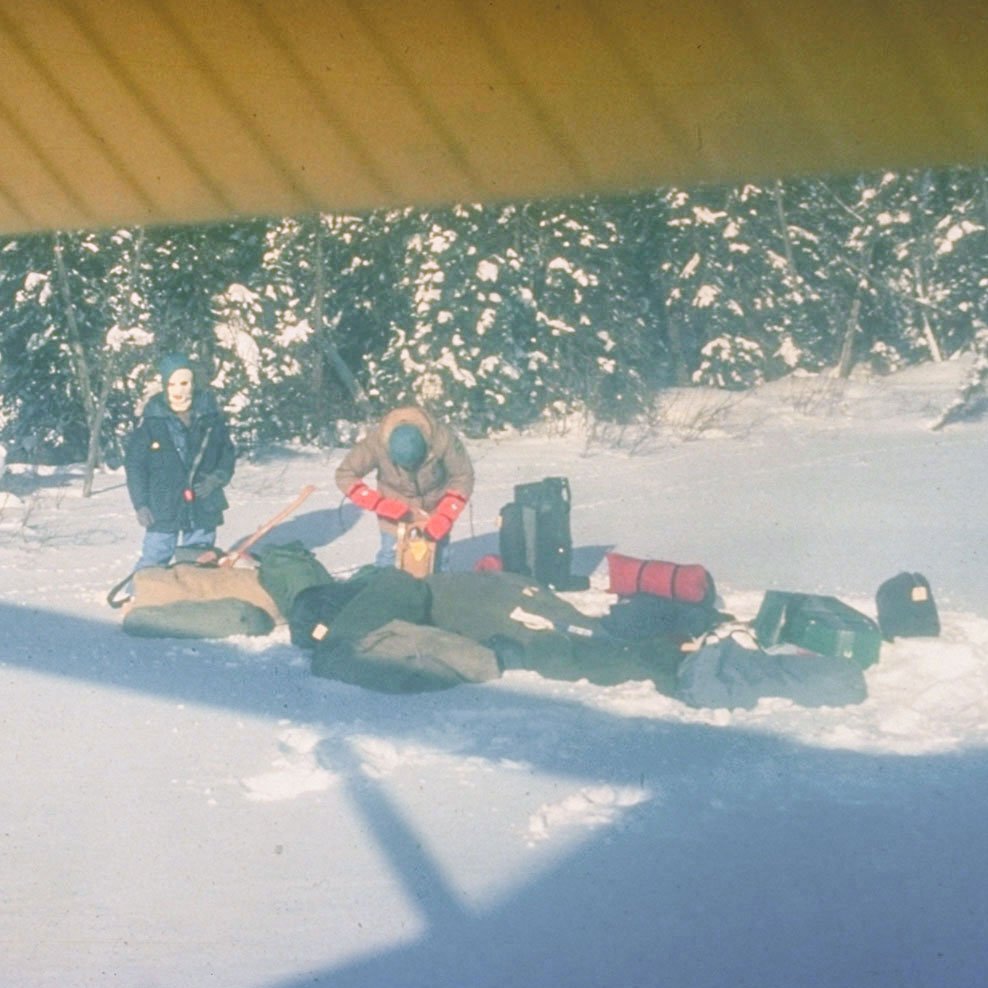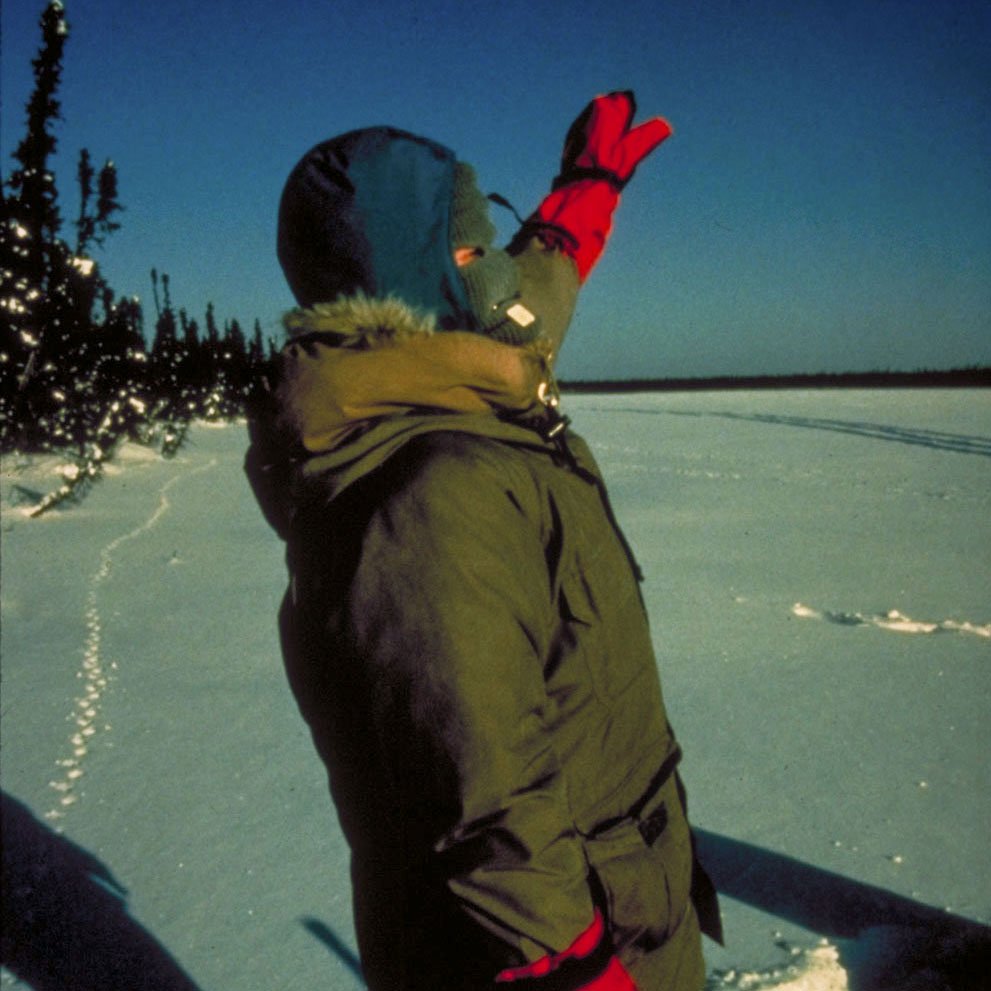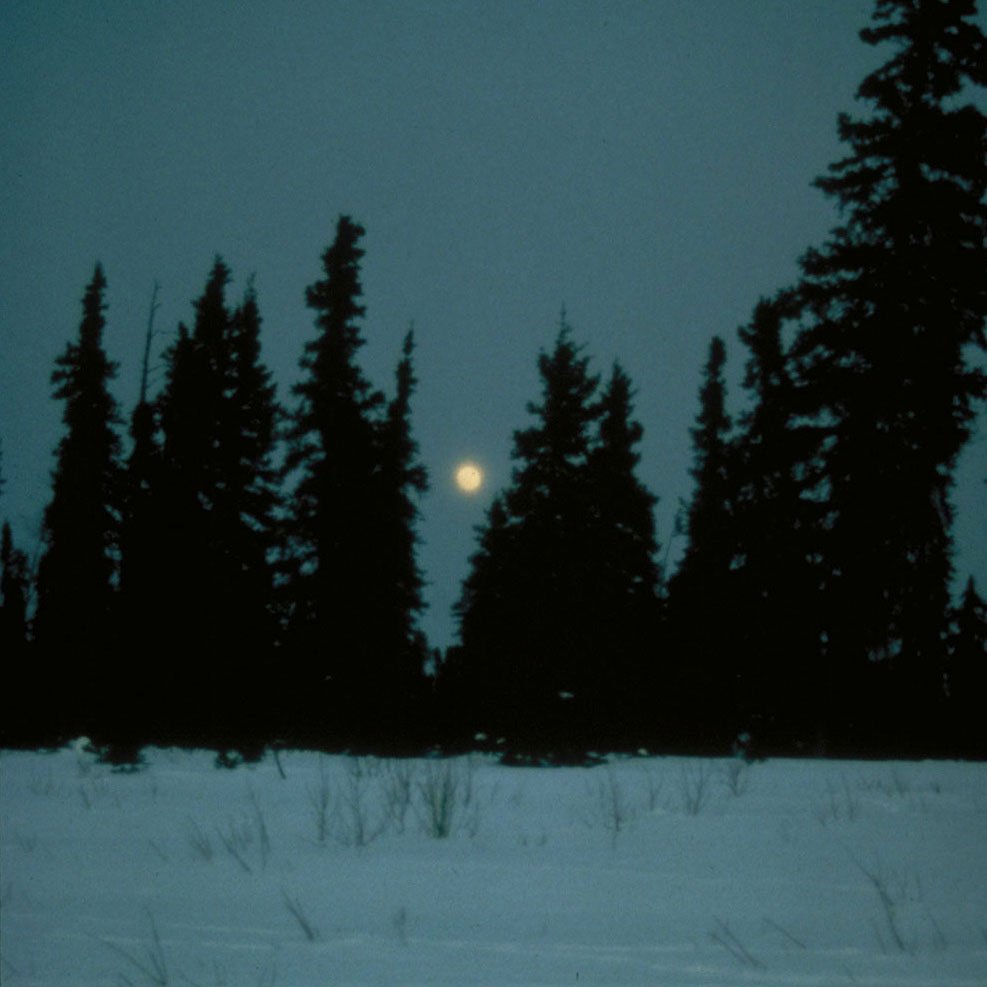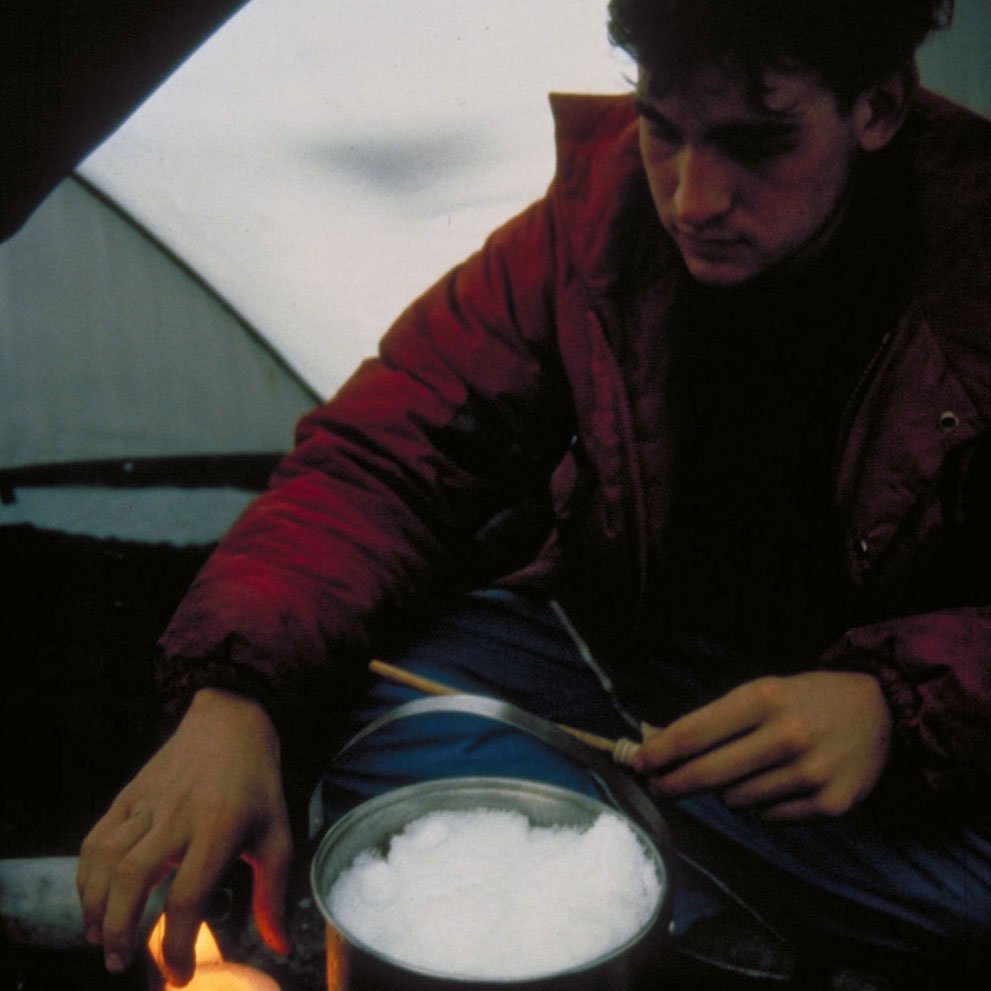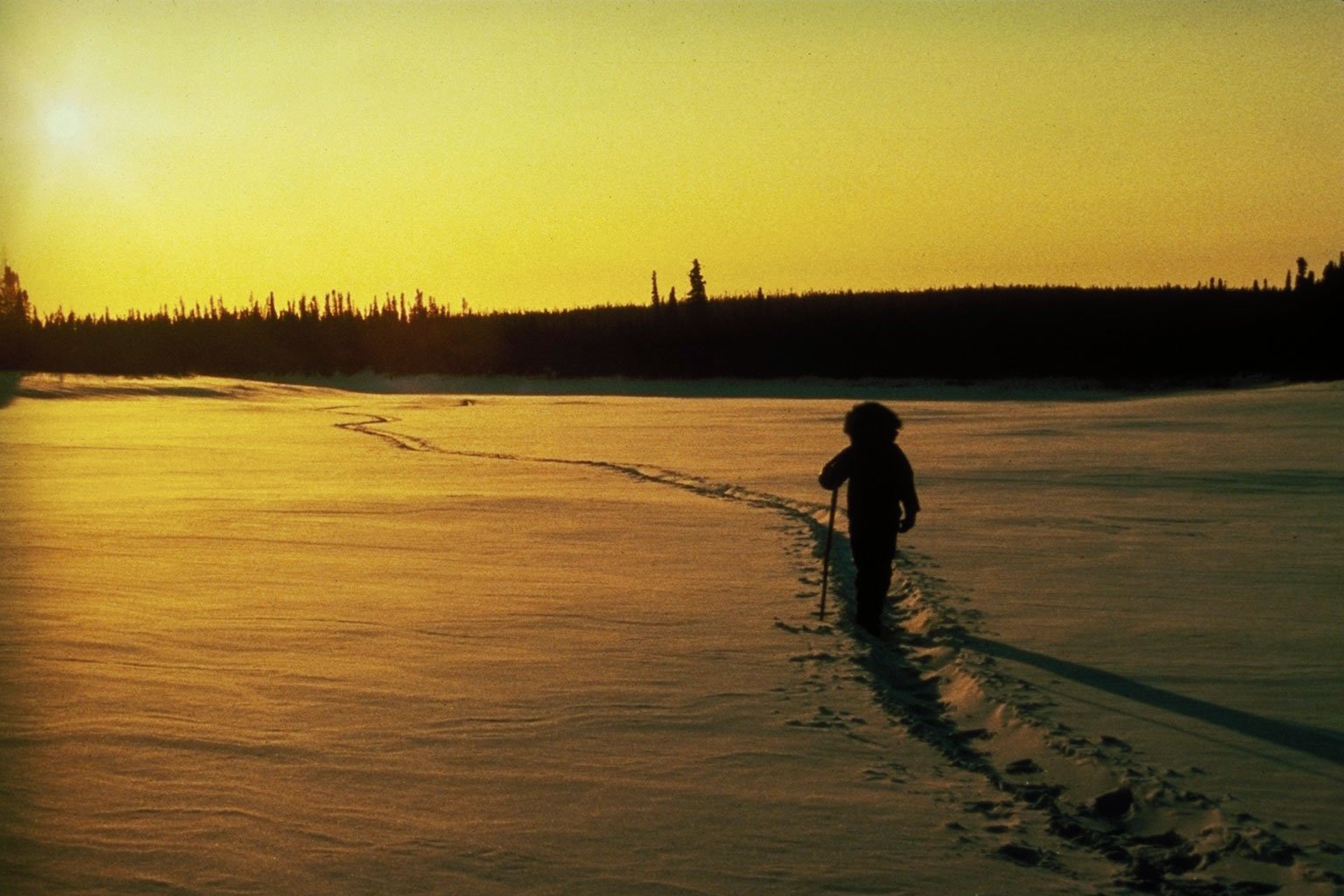
No matter how experienced and well-equipped a person is, mistakes happen. It is often assumed survival situations begin with a bang when they usually begin with a whisper, leaving the victim unaware of any problem until it is too late. Additionally, these problems can compound turning that whisper into a scream once realized. Decisions and actions taken at this point determine whether you live or die.

Lost
-
![]()
Day 1
Last minute packing on the day of departure.
-
![]()
de Havilland Otter
Thawing hydraulics and brakes before taking off. We had to wait for it to warm up to -30ºF before our bush pilot (Hap) would fly.
-
![]()
A long, cold flight
Hour and a half flight from Thompson with 1800 pounds of gear in tow.
-
![]()
Nothing but wilderness
The only thing you see for the hour and a half flight - pure wilderness.
-
![]()
10 Minutes
We only had about 10 minutes to unload our gear before the plane started freezing up.
-
![]()
Parting shot
Scott and I surrounded by 1800 pounds of supplies.
-
![]()
Waving goodbye
Waving goodbye to the last person we would see for the next 4 months.
-
![]()
Alone
A very powerful moment. Watching the plane disappear and realizing we are truly alone. The silence after was oddly deafening to ears so accustomed to sound.
-
![]()
A grueling hike
We anticipated breaking a snowshoe trail would take 4 hours. Four hours later we were only halfway there.
-
![]()
The search begins
Arriving at the river with no cabin in site.
-
![]()
The search continues
Searching for another 2 hours before finally succumbing to the cold, exhaustion, dehydration, and hunger.
-
![]()
Bivouac at -45ºF.
Surviving our first night in a makeshift bivouac in temperatures exceeding -40ºF. This photo was taken 4 months after that first night.
-
![]()
A welcome sight
Uncertain if we'd survive through that first night, the sunrise was an incredible sight.
-
![]()
Back to the lake
We hiked back to the lake and all of our gear to regroup. We set up a canvas tent and began melting snow. We were extremely dehydrated at this point.
-
![]()
Tent Fire
A tent fire prevented us from hydrating. Our only source of warmth was our frustration. Our tent was beaten by the wind being so exposed on the frozen lake.
-
![]()
Salvation - sort of
Day 3. Back to the river with a more modern tent. Unfortunately at -30ºF the elastic cords holding the poles together loose their elasticity and we were forced to remove our gloves and cut each shock cord free from the poles.
-
![]()
What could have been
Our view from inside the tent - looking directly at our bivouac which easily could (and probably should) have been our final resting spot.
-
![]()
Warmth and water at last
A Coleman one-burner backpacking stove saved our lives. We finally had heat, food, and water. For the first time we could shed some of our heavy winter gear.
-
![]()
Regrouping
That evening was spent reviewing the maps and trying to determine where we were and where the cabin was located.
-
![]()
Frostbite
Day 4. Waking up in the morning only to discover Scott had frostbite. Now a 2 man team is cut down to 1 as we can't risk refreezing his frozen extremities. I returned to the lake to retrieve more food and medical supplies.
-
![]()
A possible clue
Day 5. I found a stand of huge spruce trees a mile upstream. Despite the risk, I decided to climb and to see if any landmarks were visible. I spotted this tiny lake which no one had ever mentioned. If the lake was on our map, I'd be able to locate our position.
-
![]()
The cabin - at last
Day 6. Sure enough, we located the lake on the map let us know were about a mile upstream from the cabins location. The following morning I found it. After inspecting everything, I took this photo before heading back to our tent camp. Now our adventure could actually begin.


